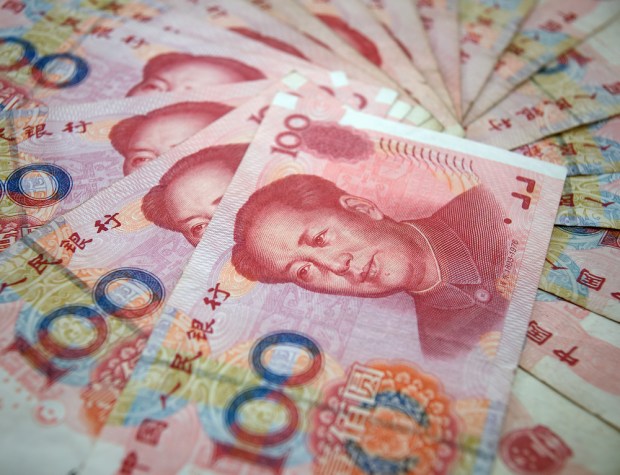China’s Reserve Ratio Cut Hopes To Free Up Lending And Spending

In what might be seen as a move to boost both lending and spending in China — and extend buying power as Chinese citizens wield the power of their wallets — the Chinese central bank, the People’s Bank of China (PBOC), cut its mandate for cash reserves that lenders must hold. The offshoot is that such a move, which trims the reserve ratio, frees up capital in the system, which then can be used in commerce and in the extension of credit.
The PBOC’s cut to the reserve ratio requirement — the fourth such cut in a year, as Bloomberg noted — is an effort to “shore up a faltering domestic economy amid a worsening trade war.”
The cut, which brings the reserve ratio to 14.5 percent, will be effective from Oct. 15 onward, and shaves the required reserve ratio by a percentage point, releasing as much as ¥1.2 trillion (US$175 billion) into the economy. Of that yuan, PBOC said that as much as ¥450 billion has bee earmarked to repay medium term funding facilities that are maturing.
The relaxing of the ratio is germane to larger commercial banks, city commercial banks and foreign banks, among others. The bank has said that there will not be yuan depreciation, and that the cut is also a permanent one, with an eye on boosting liquidity.
On a broad stage, as Bloomberg reported, the move will boost access to capital and also sentiment about the economy, as reports show that two readings tied to manufacturing deteriorated last month, which is not surprising in the midst of a trade war. Exports are down as the U.S. has slapped tariffs on hundreds of billions of dollars’ worth of Chinese goods. Overall growth is slated to slip to 6.6 percent, even as the “official” target for the expanding economy stands at 6.5 percent.
Freya Beamish, chief Asia economist at Pantheon Macroeconomics, said, “The decision self-admittedly is aimed at reducing financing costs for SMEs and private firms, yet the bank is adamant that they are not changing stance or increasing downward pressure on the RMB … We find this hard to swallow, especially in the context of the ongoing Fed tightening cycle.”
Though the headlines may focus on the trade war, China’s actions are geared toward helping small and mid-sized businesses as they seek loans. It is the private sector that needs loans, and the entrepreneurs who head up smaller firms.
Monetary easing is a strategy, too, that comes as the Fed has been hiking rates. Chinese authorities likely want to stanch pressure on the currency, which would send the yuan lower against the dollar. If that happens, then buying power is reduced, which could impact brands across the luxury spectrum and, of course, eCommerce players such as Alibaba. In another sign of less than stellar sentiment, Chinese stocks are down to mid-single digits, reflecting worry over the economy and hitting smaller investors.
According to CNBC, the bulk of Chinese investors hold relatively more of their wealth in illiquid assets such as real estate, and the specter of an economic downturn (and maybe, lending spigots that still do not flow) may have a ripple effect that hits sentiment even further.
The trade war continues to have mounting casualties.
